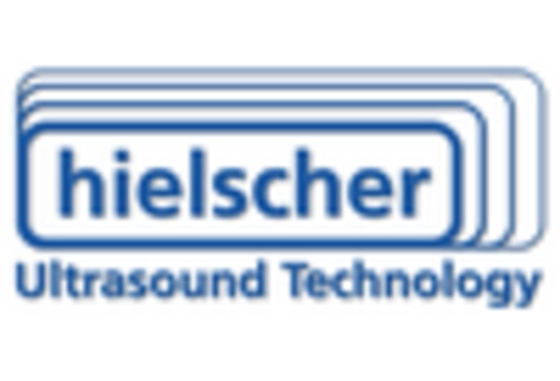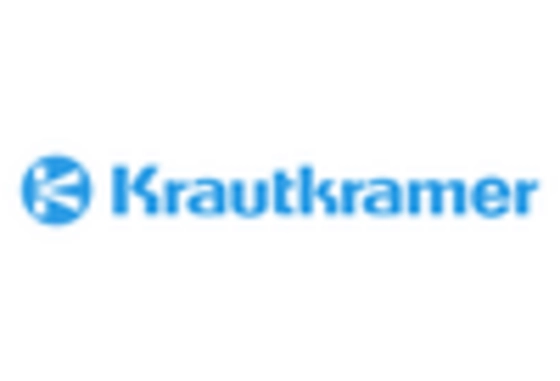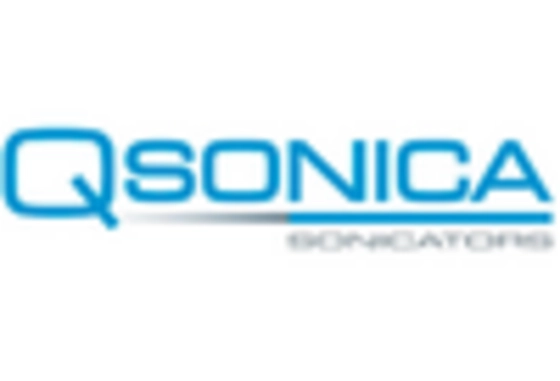Growing Environmental Regulations
The Ultrasonic Homogenizer Market is also shaped by the growing environmental regulations that encourage sustainable manufacturing practices. Ultrasonic homogenizers are known for their energy efficiency and reduced waste generation compared to traditional homogenization methods. As industries strive to comply with stringent environmental standards, the adoption of ultrasonic technology is likely to increase. Recent data indicates that companies implementing eco-friendly practices are more inclined to invest in ultrasonic homogenizers, potentially leading to a market growth rate of around 5% over the next few years. This trend highlights the alignment of technological advancements with sustainability goals.
Increased Focus on Nanotechnology
The Ultrasonic Homogenizer Market is witnessing a heightened focus on nanotechnology, which is driving the demand for advanced homogenization techniques. As industries explore the potential of nanomaterials, the need for precise and uniform particle size distribution becomes critical. Ultrasonic homogenizers are well-suited for achieving the desired nanoscale properties, making them indispensable in various applications, including cosmetics and materials science. Market analysis suggests that the integration of nanotechnology into product development could propel the ultrasonic homogenizer market forward, with growth projections indicating an increase of approximately 8% in the coming years.
Rising Demand in Food and Beverage Sector
The Ultrasonic Homogenizer Market experiences a notable surge in demand from the food and beverage sector. This growth is primarily driven by the increasing need for improved product quality and consistency. Ultrasonic homogenizers facilitate the emulsification and dispersion of ingredients, enhancing the texture and stability of food products. According to recent data, the food and beverage industry accounts for a substantial share of the ultrasonic homogenizer market, with projections indicating a compound annual growth rate of approximately 6% over the next five years. This trend suggests that manufacturers are increasingly adopting advanced homogenization techniques to meet consumer preferences for high-quality, uniform products.
Advancements in Pharmaceutical Applications
The Ultrasonic Homogenizer Market is significantly influenced by advancements in pharmaceutical applications. The ability of ultrasonic homogenizers to produce nanosuspensions and enhance drug delivery systems is becoming increasingly vital. As the pharmaceutical industry continues to innovate, the demand for efficient and reliable homogenization processes is expected to rise. Recent statistics indicate that the pharmaceutical sector represents a growing segment of the ultrasonic homogenizer market, with an anticipated growth rate of around 7% annually. This trend underscores the importance of ultrasonic technology in developing new formulations and improving the bioavailability of drugs.
Expansion of Research and Development Activities
The Ultrasonic Homogenizer Market is benefiting from the expansion of research and development activities across various sectors. Increased investment in R&D is driving the exploration of new applications for ultrasonic homogenizers, particularly in biotechnology and materials science. As researchers seek innovative solutions for complex challenges, the demand for advanced homogenization techniques is expected to rise. Market Research Future suggest that the R&D sector could contribute significantly to the ultrasonic homogenizer market, with growth estimates indicating a potential increase of 6% annually. This trend reflects the ongoing quest for innovation and efficiency in product development.


















Leave a Comment